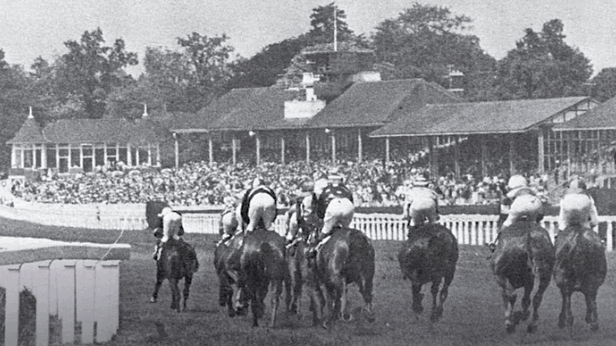
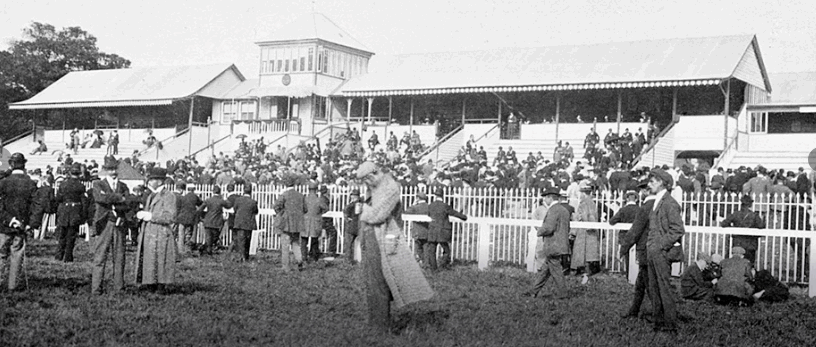
|
Lingfield Park is a unique course, as it is the only course in the UK to host all-weather flat races on the polytrack, turf flat races and National Hunt jumps races over a year. The racecourse is located in a 450-acre (1.8 km2) estate and was opened in 1890 by the Prince of Wales (later Edward VII) as a jumps course, who also agreed to let Lingfield incorporate the Prince of Wales feathers into its official heading. The course initially held jumps racing only, but in 1894 the Jockey Club granted permission for flat racing to be held. Racing has been held continuously ever since, with the only exception being during World War II when the War Office requisitioned the course. Ladbrokes sold the course in 1982 and the new owners installed flood defences on the estate to alleviate the flooding that had become a major problem in the years immediately after the war. A golf course was developed and this opened in June 1987. Arena Leisure purchased the course in 1991, and in 2001 made the decision to replace the Equitrack all weather surface with Polytrack in November 2001 and then again being re-laid in 2012, with the very latest polytrack composition.Other recent developments have been the re-laying of the back straight on the turf course in 2002/2003 and the construction of a £5.5 million grandstand in 2004. In early 2009 the course had another record broken as Matsunosuke became the highest rated horse to win on the all weather surface rated 112 or 117 by Racing Post rating. This was dubbed as the greatest all weather horse of all time in the UK.[by whom?] The racecourse is featured in the 1954 film The Rainbow Jacket. The undulations of Lingfield Park make for some testing turf racing and a sharp all-weather track, with downhill starts for many races.
|
|
Polytrack All-Weather Course The all-weather course runs around the inside of the turf course and hosts 70 race meetings per year. It is a left-handed loop and follows much the same line as the turf course in the home straight and the back straight, but turns sharply for home at the end of the back straight and is 1m 2f in length. The new polytrack surface laid in 2012 is a much lighter consistency than that found at Wolverhampton and Kempton resulting in far less “kick back”. The most noticeable thing about the all-weather track is that it is not flat like Southwell, Kempton or Wolverhampton, instead it gently rises to a slight hill at the start of the back straight before running downhill around the bottom corner and into the home straight where it levels off. The result is that the 1m, 7f, 6f and 5f starts are all downhill which contributes to Lingfield being the sharpest of the all-weather tracks. The other thing to consider is that there is no straight course on the all-weather. Even the 5f and 6f sprints have to negotiate 2 left hand bends, before hitting the finish straight which is 3 furlongs long. There is a spur for the 1m 4f start at the start of the home straight and the 1m 2f start is in front of the stands, these races and longer involve a gentle climb up to the top of the back straight. The course tends to favour horses which are held up and come from the rear off the final bend into the straight. Front runners do not tend to do aswell at Lingfield as at other courses such as Wolverhampton and Southwell. The result is many falsely run races , as no one wants to lead.
|
 |
|||
 |
|||
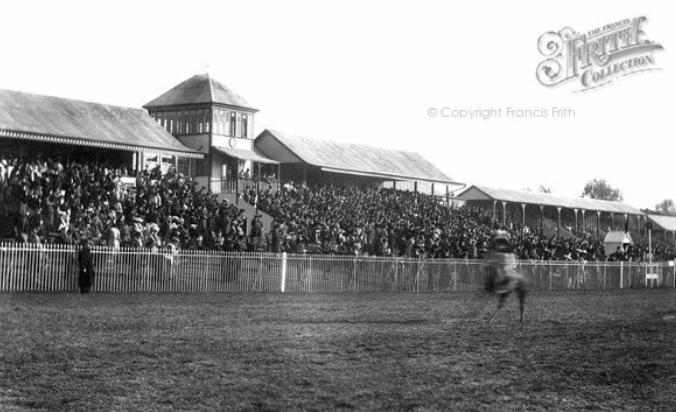 |
|||
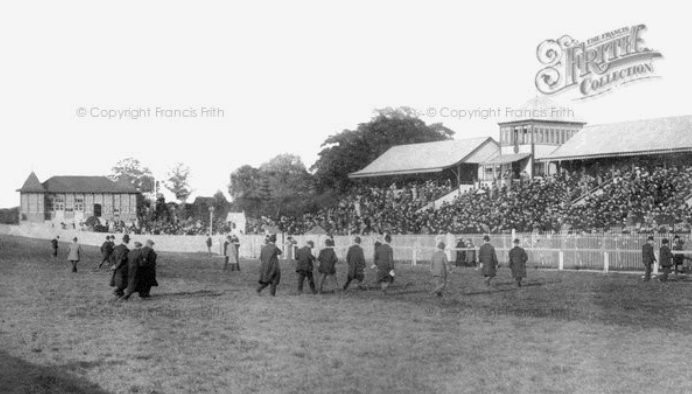 |
|||
|
|
||||||||||||||||||||
|
|
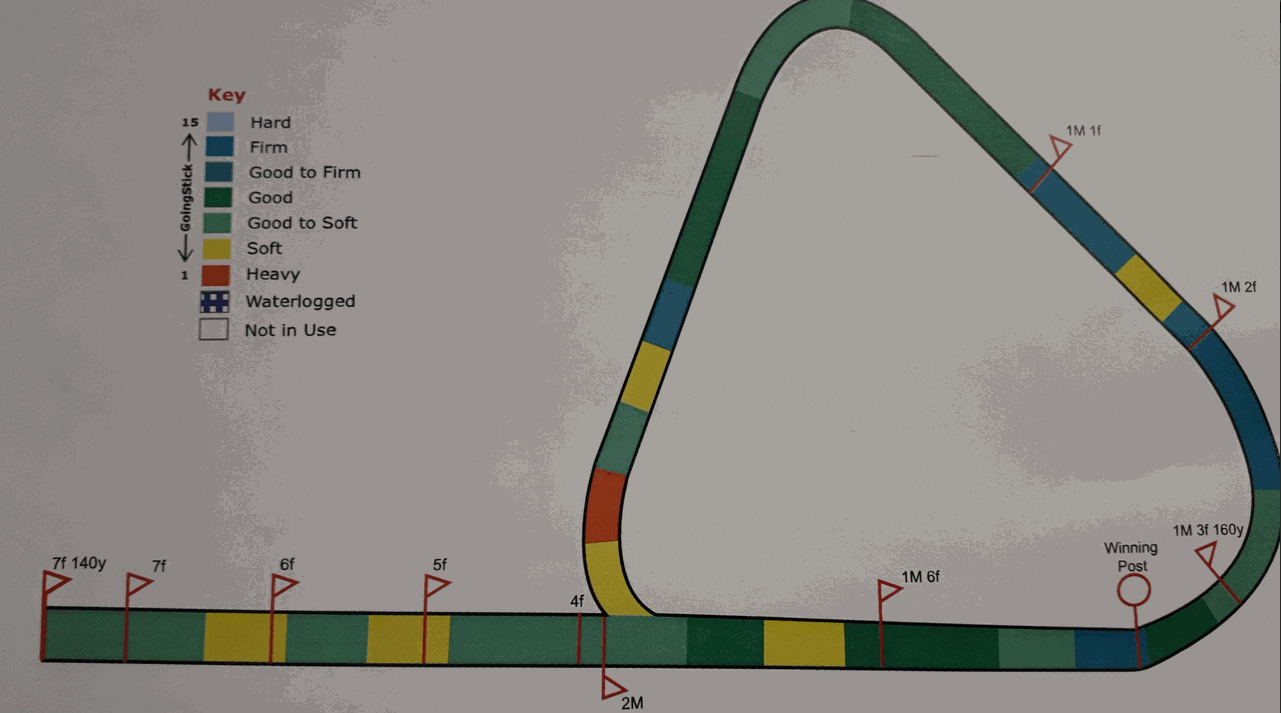 |
||